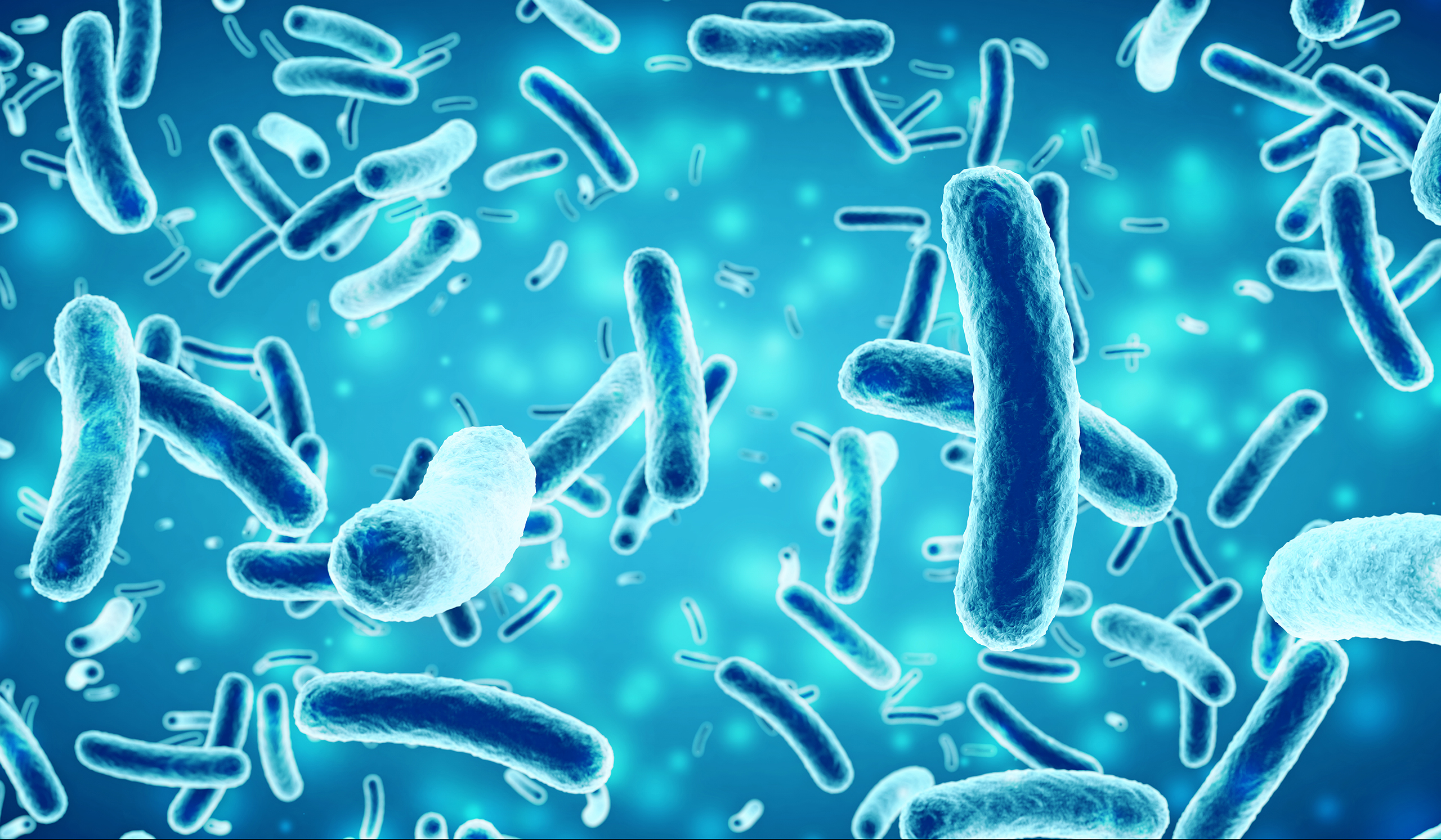
A mode of action describes a functional or anatomical change, resulting from the exposure of a living organism to a substance. Different biocides have a different mode of action and therefore work differently to destroy the living substance.
Disinfectants are frequently used to eliminate microorganisms and can be made up of various chemical compounds including chlorine, hydrogen peroxide, quaternary ammonium compounds, phenolic compounds and many more. Disinfectants can act on microorganisms in two different ways, growth inhibition and lethal action. Possible stages of the mode of action of the disinfectant include action on the external membrane of the bacterial wall, the cytoplasmic membrane, the nucleus, and the action on bacterial spores.
Hydrogen peroxide in particular attacks proteins, nucleic acids, and lipids. It leads to the elimination of microbes and in turn can reduce the risk of infection. The general mechanisms of action of hydrogen peroxide also considerably reduces any risk of the development of resistance to the biocide over time.
Test Labs offer a wide range of tests for determining the efficacy of disinfectant products, such as wipes, sprays, hand sanitisers, automated units. In addition to offering UKAS accredited reports, we will guide you during your product journey to the market.


